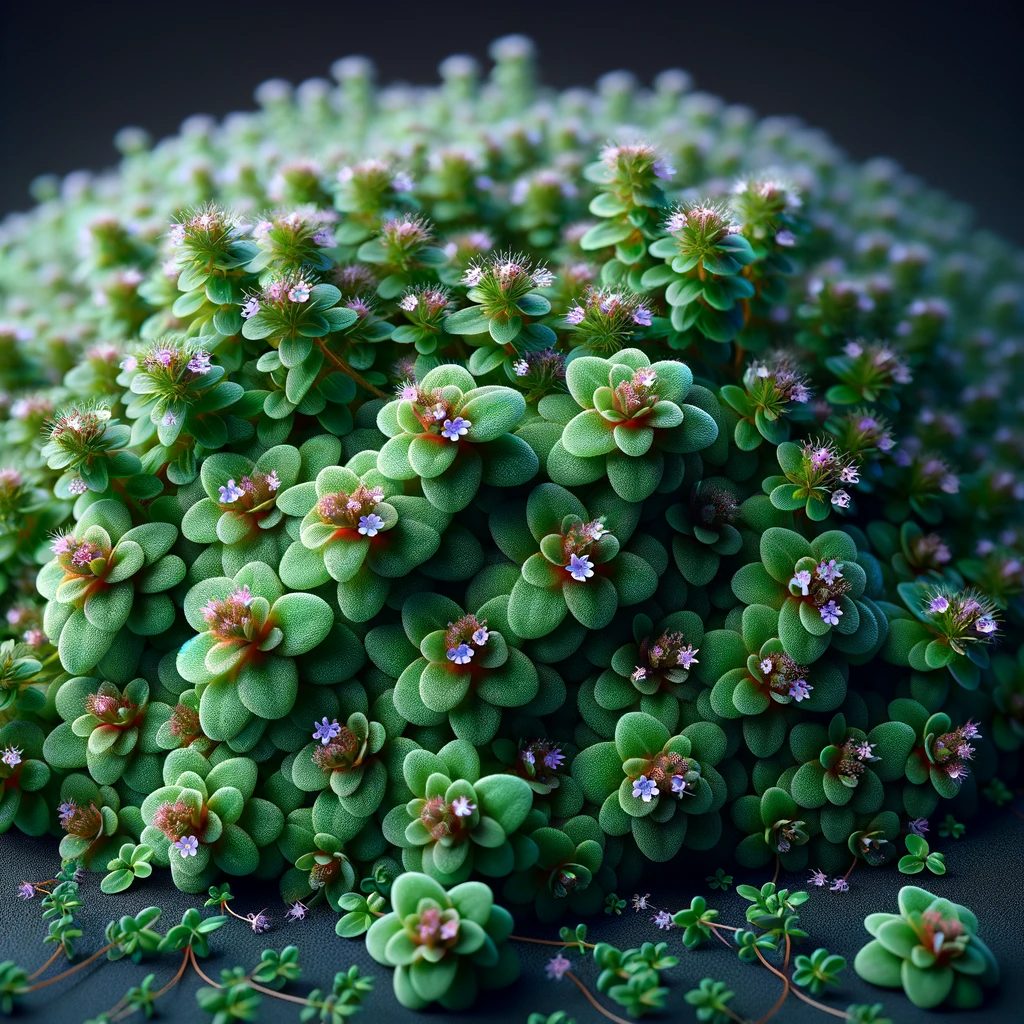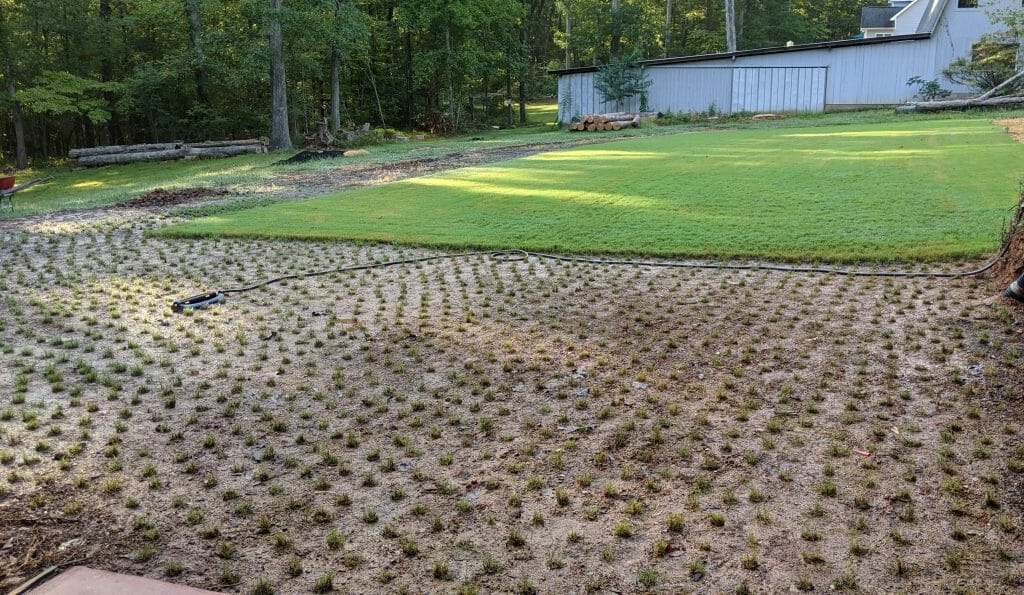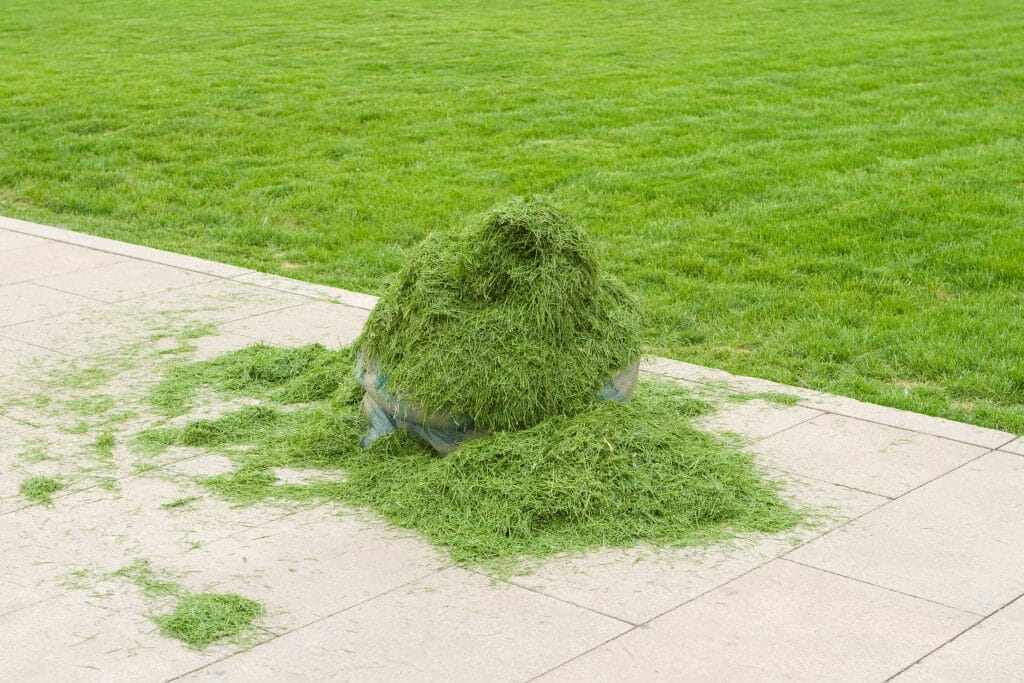Creeping thyme is a popular ground cover plant that is known for its fragrant foliage and low maintenance requirements. However, many gardeners wonder if creeping thyme is invasive and if it can take over their garden.
Is creeping thyme invasive? Creeping thyme is generally not considered invasive. It’s a popular ground cover known for its drought tolerance and low maintenance. While it spreads effectively, it typically does not crowd out other plants or move beyond its intended boundaries aggressively. It’s often chosen for its ability to fill spaces with a dense mat of foliage and tiny flowers, making it a preferred choice for gardens and landscapes seeking a low-growing, spreading plant.
Creeping thyme is a perennial plant that is native to Europe and Asia. It is often used as a ground cover plant because of its ability to spread quickly and form a dense mat of foliage. While creeping thyme can be a great addition to your garden, you may be concerned about its invasive tendencies.
Creeping Thyme Overview
Creeping thyme, also known as Thymus serpyllum, is a low-growing, herbaceous perennial plant that belongs to the mint family, Lamiaceae.
It is native to Europe, Asia, and North Africa, and has been naturalized in many parts of the world, including North America.
Botanical Profile
Creeping thyme is a small, spreading plant that typically reaches a height of 3 to 6 inches and a spread of 12 to 18 inches. It has a woody stem and small, oval-shaped leaves that are aromatic when crushed. The flowers of creeping thyme are small, pink, purple, or white, and bloom in early summer.
Growth Habits
Creeping thyme is a hardy plant that is easy to grow and care for. It prefers full sun to partial shade and well-drained soil. It is drought-tolerant and can withstand hot, dry conditions. Creeping thyme is also deer-resistant, making it a great choice for gardens in areas with high deer populations.
Different Varieties Of Creeping Thyme?
Creeping thyme is a versatile and charming plant, offering a variety of options for gardeners and landscapers. Each variety brings its distinct characteristics, from leaf texture and growth rate to floral color and scent.
| Variety | Leaf Description | Flower Color | Growth Rate | Ideal Use | Additional Characteristics |
|---|---|---|---|---|---|
| Elfin Thyme | Small, dark green leaves | Pink | Slow | Rock gardens, borders, pathways | Forms a tight mat, excellent for filling in small spaces; less than an inch tall. |
| Woolly Thyme | Soft, fuzzy leaves | Pink | Fast | Ground cover, larger areas | Soft texture makes it a tactile delight; more drought-tolerant and spreads quickly. |
| Lemon Thyme | Green, lemon-scented leaves | White | Moderate | Herb gardens, culinary uses | Offers a refreshing lemon scent; culinary favorite for its flavor. |
| Red Creeping Thyme | Small, green leaves | Deep red | Moderate | Accents, borders, ground cover | Vibrant red flowers make it a standout; attracts bees and butterflies. |
| Coccineus Thyme | Green, tiny leaves | Bright magenta | Fast | Ground cover, slopes | Known for its vibrant flower color and fast spread; excellent for erosion control. |
| Highland Cream Thyme | Variegated green and cream leaves | Pink | Moderate | Decorative borders, containers | Striking leaf variegation; offers a unique color contrast in gardens. |
| Silver Thyme | Silvery-green leaves | Lavender | Moderate | Ground cover, decorative | Noted for its silvery foliage and delicate lavender flowers; adds brightness to garden spaces. |
Each of these creeping thyme varieties has unique features that make them suitable for different gardening needs. Elfin thyme, with its slow growth and diminutive stature, is perfect for creating intricate designs or filling in gaps between stepping stones.
Woolly thyme, on the other hand, is ideal for covering larger areas quickly due to its faster growth rate and robust nature. Lemon thyme not only adds beauty with its delicate white flowers but also brings an aromatic element to gardens and can be used in various culinary dishes.
When choosing a creeping thyme variety, consider the specific needs of your space, such as the amount of foot traffic, sunlight, and the type of soil.
With the right care and conditions, creeping thyme can provide a beautiful, aromatic, and low-maintenance addition to your landscape.
Invasiveness of Creeping Thyme
Definition of Invasive Species
Before we dive into whether or not creeping thyme is invasive, let’s define what an invasive species is. An invasive species is a non-native species that has been introduced into an ecosystem and has the potential to cause harm to the environment, economy, or human health.
Invasive species can outcompete native species for resources, disrupt food chains, and alter habitats.
Creeping Thyme’s Invasive Characteristics
Creeping thyme, also known as Thymus serpyllum, is a flowering herbaceous perennial that is native to Europe and Asia. While creeping thyme is not considered invasive in the traditional sense, it does have some characteristics that can make it problematic in certain situations.
Creeping thyme has a tendency to spread quickly and can form dense mats that can outcompete other plants for resources. In addition, creeping thyme can self-seed and spread via underground stems called rhizomes, which can make it difficult to control.
However, it’s important to note that creeping thyme is not considered a major threat to native ecosystems and is often used as a ground cover in gardens and landscapes. In fact, creeping thyme can be beneficial for pollinators and can help prevent soil erosion.
Environmental Impact
Creeping thyme is a popular ornamental plant that is used as ground cover in gardens, but it can also have a significant impact on the environment. In this section, we will discuss the environmental impact of creeping thyme, including its effects on biodiversity, impact on soil and water.
Effects on Biodiversity
Creeping thyme is not considered invasive in some regions, but it can become invasive in others. When it becomes invasive, it can outcompete native plants and reduce biodiversity. This is because it can grow rapidly and cover large areas, making it difficult for other plants to grow.
In some cases, creeping thyme can also change the soil chemistry, making it less hospitable to other plants. This can have a cascading effect on the ecosystem, as other plants and animals that rely on those plants are also affected.
Impact on Soil and Water
Creeping thyme can also have an impact on soil and water. It is known to be drought-tolerant, which means it can survive in dry conditions. However, this also means that it can reduce the amount of water available to other plants in the area.
Creeping thyme also has a shallow root system, which can make it difficult for it to absorb nutrients from the soil. This can lead to soil erosion, as the soil is more likely to wash away during heavy rain.
While creeping thyme is not always invasive, it can have a significant impact on the environment when it becomes invasive. It can reduce biodiversity, change the soil chemistry, and impact soil and water.
Therefore, it is important to be aware of the potential impact of creeping thyme and take steps to control its growth if necessary.
Management and Control
Preventive Measures
To prevent creeping thyme from becoming invasive, there are several measures that can be taken. First, it is important to choose the right variety of creeping thyme for your garden. Some varieties are less invasive than others, such as Elfin Thyme and Woolly Thyme.
Second, make sure to plant creeping thyme in areas where it will not spread uncontrollably, such as in containers or raised beds. This will help to contain the plant and prevent it from spreading to unwanted areas.
Third, regular pruning can help to keep creeping thyme in check. Prune the plant back once a year to prevent it from becoming too large and spreading too quickly.
Removal Techniques
If creeping thyme has already become invasive in your garden, there are several techniques that can be used to remove it. First, hand-pulling can be effective for small infestations. Make sure to remove as much of the root system as possible to prevent regrowth.
Second, smothering the plant with a layer of mulch or plastic can be effective for larger infestations. This will prevent the plant from receiving sunlight and eventually kill it.
Third, herbicides can be used as a last resort for severe infestations. Glyphosate-based herbicides are effective at killing creeping thyme, but they should be used with caution and according to the manufacturer’s instructions.
Landscaping with Creeping Thyme
If you’re looking for a ground cover that is both attractive and low-maintenance, creeping thyme may be an excellent option. However, before you start planting, it’s essential to understand whether creeping thyme is invasive or not.
Suitable Habitats
Creeping thyme is a hardy plant that can grow in a variety of habitats. It prefers full sun to partial shade and well-drained soil. It can tolerate drought conditions, making it an excellent choice for areas with low rainfall.
Creeping thyme is also deer-resistant, making it a great choice for gardens in areas with high deer populations.
Design Considerations
When designing with creeping thyme, it’s essential to consider its growth habits. Creeping thyme spreads by sending out runners, which can root and form new plants. While this can be an advantage in areas where you want to establish a ground cover quickly, it can also be a disadvantage in areas where you want to keep the thyme contained.
One way to control the spread of creeping thyme is to plant it in raised beds or containers. This will prevent the runners from spreading beyond the designated area. Another option is to plant creeping thyme in areas where its spreading habits won’t be a problem, such as between stepping stones or in rock gardens.
When planting creeping thyme, it’s also important to consider its height. Creeping thyme grows to a height of 2-3 inches, making it an excellent choice for areas where you want a low-growing ground cover. However, it may not be the best choice for areas where you want a taller plant.
Frequently Asked Questions
How quickly does creeping thyme spread and will it continue to expand?
Creeping thyme is a fast-spreading ground cover that can quickly fill in a garden bed or lawn. However, it is not considered to be invasive in most regions. According to The Practical Planter, creeping thyme “is not known to become invasive or problematic in most areas.”
Can creeping thyme be considered a perennial, returning each year?
Yes, creeping thyme is a perennial plant that will return year after year. It is a hardy plant that can tolerate a range of growing conditions, making it a popular choice for gardeners. As The Plant Bible notes, creeping thyme is “a charming and versatile herbaceous plant often used in landscaping and gardening.”
Does creeping thyme have a native habitat, and how does this affect its invasiveness in other regions?
Creeping thyme is native to Europe, North Africa, and Asia, but it has been widely cultivated and naturalized in other regions around the world. While it is not considered invasive in most regions, it can become problematic in areas where it is able to outcompete native plants and disrupt local ecosystems. As Wild Yards notes, “if you live in an area with a lot of native plants, it’s best to avoid planting creeping thyme.”
Overall, creeping thyme is a popular and versatile ground cover that can add beauty and fragrance to your garden. However, it is important to be mindful of its potential to become invasive in certain regions and to plant it responsibly.
Conclusion
After conducting some research and look at the information gathered from various sources, we can confidently say that creeping thyme is not inherently invasive.
However, it has the potential to become invasive in certain circumstances.
Creeping thyme is a vigorous ground cover that spreads quickly and aggressively through stems that root at the nodes. While this can be beneficial in preventing soil erosion and providing ground cover, it can also lead to the plant becoming invasive if not properly contained.
It is important to note that the invasiveness of creeping thyme can vary depending on the climate, soil conditions, and other environmental factors. In some areas, it may be more prone to spreading uncontrollably and causing damage to the ecosystem.
To prevent creeping thyme from becoming invasive, it is recommended to plant it in well-drained soil and to regularly prune and thin out the plant to prevent overcrowding. Additionally, it is important to monitor the plant’s growth and remove any unwanted growth as soon as possible.





